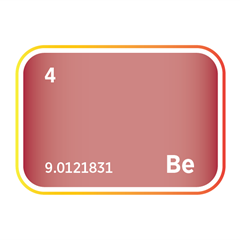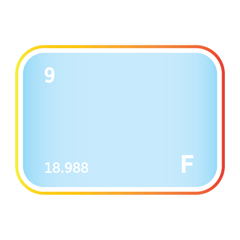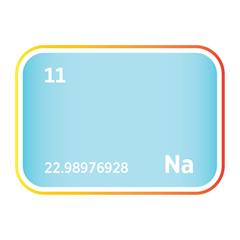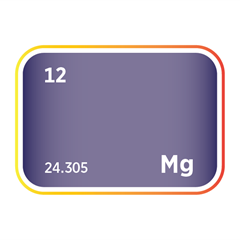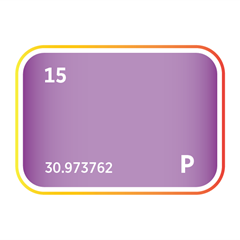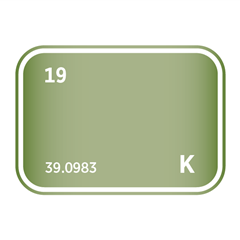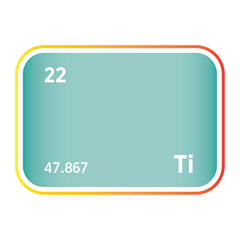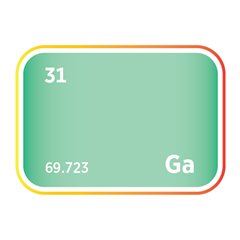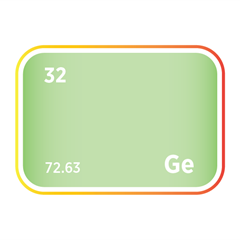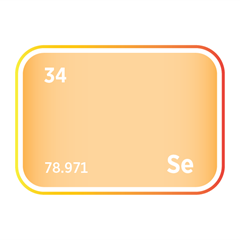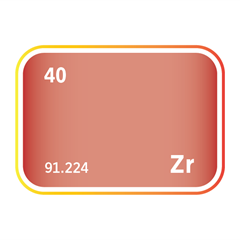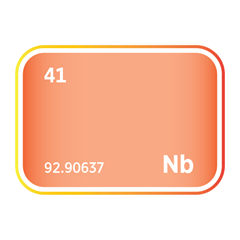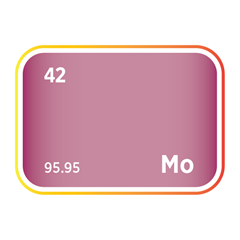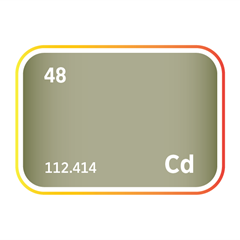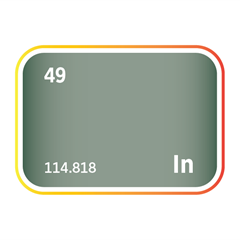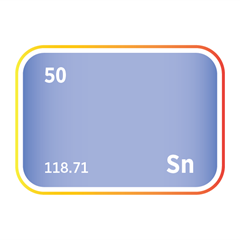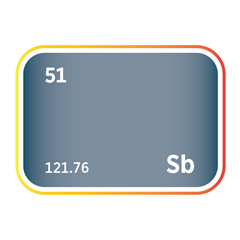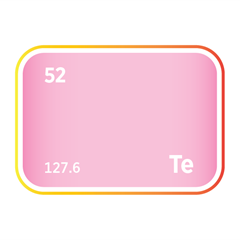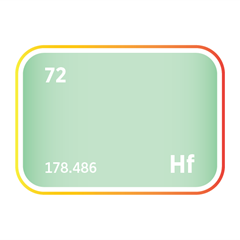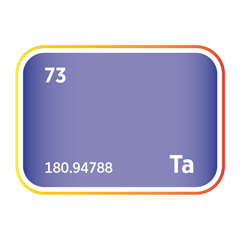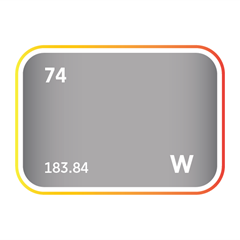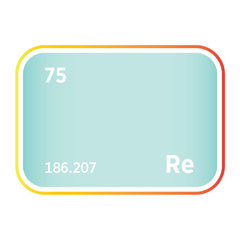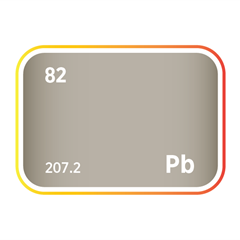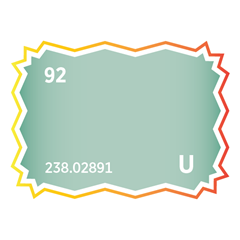Magnesium
Critical Minerals and The Energy Transition
Navigating the Magnesium Market
Magnesium, the eighth most abundant element in the Earth's crust and the third most plentiful element dissolved in seawater, holds a significant place in the global market due to its remarkable properties and wide range of applications. This lightweight metal is prized for its strength-to-weight ratio, excellent machinability, and corrosion resistance. It is an ideal choice for use in aerospace, automotive industries, electronics, and, more recently, as an eco-friendly material in various applications. Magnesium's role in reducing the weight of vehicles and aircraft contributes directly to enhanced fuel efficiency and lower carbon emissions, aligning with global sustainability goals. However, the magnesium market faces challenges such as volatility in supply chains, environmental concerns related to mining and production processes, and competition from alternative materials. Despite these challenges, advancements in extraction and recycling technologies are opening new opportunities for magnesium's use in a more sustainable manner. As industries focus on lightweight and high-performance materials to meet environmental and economic objectives, magnesium's unique qualities and potential for innovation position it as a critical element in the transition towards more sustainable manufacturing practices and products.
An introduction to magnesium
Magnesium demand and end-uses
Magnesium is a lightweight structural metal prized for its high strength-to-weight ratio, excellent castability, and good machinability, making it an essential material across transportation, electronics, metallurgy, and defence. As the lightest structural metal used in industrial manufacturing, magnesium enables significant weight savings in vehicles, aircraft, and high-performance components. Its use is expanding as industries pursue material efficiency, fuel economy, and lower emissions, particularly within the broader shift towards mobility electrification and circular manufacturing.
The automotive sector is the largest consumer of magnesium globally, accounting for >35% of demand. Magnesium alloys are used in gear housings, engine blocks, steering wheels, seat frames, and increasingly, battery casings and structural components in electric vehicles. Due to its low density, magnesium enables significant weight savings compared to steel or aluminium, supporting improved fuel economy and vehicle range. OEMs are integrating magnesium into both internal combustion and electric vehicle platforms as part of broader lightweighting and carbon reduction strategies.
In the aerospace and defence sectors, magnesium is valued for its strength-to-weight ratio, vibration damping, and performance in high-stress, high-temperature environments. It is used in aircraft interiors, helicopter gearboxes, missile casings, and military electronics enclosures. Defence applications benefit from magnesium's electromagnetic shielding properties and its ability to absorb impact, making it suitable for aerospace-grade alloys, ballistic structures, and lightweight armour systems. Research is ongoing into new corrosion-resistant magnesium alloys to expand its use in structural aerospace components.
The electronics industry increasingly uses magnesium for laptop and mobile phone casings, camera bodies, and die-cast components, where its light weight and dimensional stability support device miniaturisation without compromising durability. As consumer electronics become thinner and more portable, magnesium offers a favourable balance of strength, weight, and design flexibility. Magnesium-based housings are also preferred in ruggedised electronics and heat-dissipating parts where thermal conductivity and shock resistance are critical.
In metallurgical applications, magnesium acts as a deoxidiser and desulphuriser in steelmaking and is used as an alloying agent in aluminium production. Small additions of magnesium improve the mechanical properties and corrosion resistance of aluminium alloys used in packaging, aerospace, automotive, and construction. In nodular cast iron production, magnesium is essential to promote spheroidal graphite formation, enhancing ductility and strength for components such as crankshafts, gears, and heavy machinery parts.
Magnesium compounds also serve a wide range of chemical, pharmaceutical, and agricultural functions. Magnesium oxide (MgO) is used in refractory linings for steel and cement kilns due to its high thermal stability. Magnesium hydroxide and magnesium carbonate are used as flame retardants, antacids, laxatives, and food additives. Magnesium sulphate, commonly known as Epsom salt, is used in fertilisers, industrial drying processes, and medical therapies. These non-metallic uses account for a smaller but steady share of overall demand, supported by health, food, and construction sectors.
In the context of the energy transition, magnesium is gaining attention for its potential in next-generation battery chemistries, particularly magnesium-ion and magnesium-sulphur batteries. These offer theoretical advantages over lithium-ion systems in terms of volumetric energy density, safety, and resource abundance, although they remain at early research stages. Magnesium is also used in hydrogen storage materials and thermochemical energy storage, where its reactivity with water or heat supports emerging low-carbon energy systems.
With growing interest in lightweight, low-carbon materials, magnesium demand is expected to rise across automotive, aerospace, electronics, and energy sectors. However, challenges remain around corrosion resistance, flammability, and formability, which limit magnesium’s use in certain environments. Advances in alloy design, protective coatings, and recycling technologies are helping to address these constraints and expand magnesium’s application range.
As global industries prioritise weight reduction, performance, and sustainability, magnesium is increasingly viewed as a critical enabler of transport decarbonisation, design innovation, and circular manufacturing. Its dual function as both a strategic alloying element and a lightweight engineering metal ensures strong future demand, supported by both established industrial uses and emerging energy-related applications.
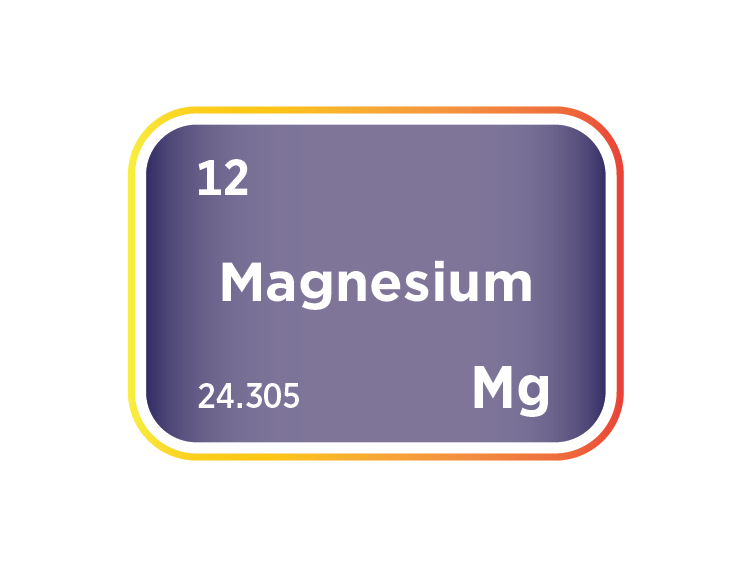
Magnesium supply
Magnesium supply is dominated by a small group of countries, with global production highly concentrated and geopolitically exposed. China accounts for more than 85% of global primary magnesium output, followed distantly by Russia, Israel, Kazakhstan, and the United States. This concentration raises critical concerns about supply security, price volatility, and the resilience of downstream manufacturing systems, particularly in the automotive, aerospace, and electronics sectors that depend on reliable access to high-purity magnesium alloys.
Primary magnesium is produced through two main routes: thermal reduction of dolomite or magnesite, and electrolytic extraction from seawater or brines. China’s dominance is built on the Pidgeon process, a labour- and energy-intensive thermal route using dolomite and ferrosilicon. This process, concentrated in Shaanxi and Shanxi provinces, is cost-competitive but highly carbon-intensive. Energy subsidies and weak environmental enforcement have historically given Chinese producers a pricing advantage, though this is being eroded by domestic energy reforms and rising scrutiny over emissions and environmental compliance.
Outside China, supply is limited but strategically important. Israel and Jordan extract magnesium from the Dead Sea, using brine-based evaporation and electrolysis, which allows for production of relatively low-carbon, high-purity metal. Russia has historically supplied magnesium through its AVISMA operations, but this flow has been severely disrupted by sanctions and the realignment of European and North American buyers away from Russian sources. Kazakhstan and the United States also maintain production capacity, though output volumes remain modest. In the US, primary magnesium is produced in Utah, where operations have faced shutdowns due to energy prices and environmental violations. The European Union currently has no significant domestic magnesium production, relying almost entirely on imports from China.
Recycled magnesium, while growing in importance, accounts for less than 20% of total supply. Scrap recovery from die-cast components, beverage cans, and automotive alloys supports limited secondary production, primarily in Europe, North America, and Japan. However, high reactivity, contamination issues, and alloy-specific recycling constraints have slowed the development of a robust closed-loop recycling ecosystem. Innovations in sorting, alloy separation, and remelting processes will be critical to scaling circular magnesium supply.
Supply chain fragility was highlighted in late 2021 when China curtailed magnesium exports due to energy rationing and environmental compliance campaigns, triggering a severe supply crunch across Europe. OEMs, particularly in the automotive sector, faced material shortages and rising costs, prompting calls to diversify sources and invest in domestic production capacity. In response, the European Union added magnesium to its Critical Raw Materials List, and several countries are now evaluating strategic stockpiles, recycling incentives, and public-private partnerships to onshore or reshore key stages of the magnesium supply chain.
Environmental considerations are also reshaping the magnesium supply landscape. The Pidgeon process is associated with significant CO₂ emissions, water use, and industrial waste. As automotive and aerospace suppliers face increasing pressure to reduce embedded carbon and meet ESG reporting requirements, the carbon intensity of magnesium production is becoming a key procurement factor. Low-emission production methods, including electrolytic extraction from brines and carbon-free thermal routes powered by renewables, are under active development but remain commercially nascent.
Looking ahead, the global magnesium supply outlook will depend on four key variables: China’s industrial policy and export behaviour, the emergence of alternative production technologies, the success of recycling systems, and the willingness of consuming countries to invest in supply chain diversification. With demand set to rise across lightweight transport, electrification, defence, and clean energy technologies, supply resilience will require coordinated action to de-risk production, incentivise low-carbon alternatives, and secure long-term material access.
Current magnesite mine producers
Current primary magnesium metal producers
Historic primary magnesium metal producers
Magnesium substitution
Substitution of magnesium occurs across several industries, primarily driven by concerns over cost, corrosion resistance, flammability, and supply chain vulnerability. While magnesium’s lightweight properties and high strength-to-weight ratio make it a compelling material for modern engineering, its substitution often reflects specific performance requirements, regulatory constraints, or material availability. In many cases, alternatives introduce trade-offs in weight, recyclability, manufacturability, or embedded carbon intensity.
In the automotive sector, magnesium is frequently substituted with aluminium, high-strength steel, and glass-fibre reinforced polymers. Aluminium offers similar castability and improved corrosion resistance, although it is approximately one-third heavier. High-strength steels provide cost advantages and established supply chains, but at a significant weight penalty. Polymers and composites reduce weight but may not match magnesium’s thermal conductivity, structural stiffness, or recyclability. As OEMs pursue vehicle light-weighting, magnesium remains difficult to replace in components like transmission housings, seat frames, and certain electric vehicle parts where weight is a critical design constraint.
In aerospace and defence applications, magnesium can be replaced with titanium, aluminium-lithium alloys, or carbon-fibre composites, depending on mechanical and thermal requirements. Titanium offers excellent strength and corrosion resistance, but at a higher cost and processing complexity. Aluminium-lithium alloys provide high stiffness and lower density compared to standard aluminium, but remain expensive and limited in availability. Carbon-fibre reinforced polymers can outperform magnesium in specific load-bearing applications, yet are less conductive and not suited to all electrical or shielding functions. As such, substitution in this sector is application-specific and often constrained by operational environment, cost, and structural performance.
In electronics, particularly for casings and housings, magnesium is increasingly substituted with aluminium, plastic composites, and magnesium-free zinc alloys. While aluminium alloys provide acceptable strength and thermal conductivity, they increase weight. Plastics and polycarbonate blends offer design flexibility and lower cost, but compromise rigidity, heat dissipation, and durability under impact. These alternatives are suitable for mass-market consumer electronics, but magnesium continues to be preferred in ruggedised, miniaturised, or thermally sensitive applications.
In metallurgical applications, magnesium serves as a deoxidiser and alloying agent, particularly in aluminium and steel production. In some steelmaking processes, calcium, aluminium, or silicon compounds can replace magnesium for deoxidation and desulphurisation, although they differ in reactivity, by-product formation, and efficiency. In aluminium alloys, reducing magnesium content may impair corrosion resistance and mechanical performance, and is only pursued when specific alloy characteristics are required.
In iron foundries, magnesium is essential for spheroidising graphite in ductile cast iron. Substitutes such as cerium, rare earth mixes, or calcium-silicon-magnesium alloys can replicate some of these effects, but often at higher cost or with lower consistency. Magnesium remains the most effective and widely available element for producing high-quality ductile iron, which is vital to the manufacture of automotive and heavy equipment components.
In chemical and pharmaceutical uses, magnesium hydroxide, carbonate, and sulphate are substituted where appropriate with calcium-based, aluminium-based, or synthetic alternatives. For example, aluminium hydroxide can serve as an antacid, and calcium carbonate may be used in dietary supplements. However, in flame retardancy and medical formulations, substitution is formulation-dependent and often limited by biocompatibility, thermal stability, or regulatory approval.
In emerging battery technologies, magnesium-ion and magnesium-sulphur systems are being explored as substitutes for lithium-ion chemistries. Conversely, lithium, sodium, and aluminium-ion chemistries are under investigation as alternatives to magnesium-based batteries, due to concerns over magnesium’s slow diffusion kinetics and limited commercial readiness. Substitution in this domain is reciprocal and reflective of broader innovation in energy storage chemistry.
Overall, magnesium substitution is highly context-dependent. In mass-market applications, aluminium, plastics, and steel continue to displace magnesium where cost, corrosion resistance, or processing infrastructure favour alternatives. However, in weight-sensitive, performance-driven, or energy-efficient designs, magnesium remains difficult to replace without incurring penalties in mass, durability, or sustainability metrics. As environmental standards tighten and circularity becomes a procurement priority, magnesium’s recyclability and low density continue to underpin its role as a critical lightweight engineering material.
Looking forward, the substitution landscape will evolve with advances in alloy development, corrosion-resistant coatings, and hybrid material systems. However, in many strategic applications across transport, defence, and industrial manufacturing, magnesium will remain integral to achieving high-performance, low-mass design objectives.



Meet the Critical Minerals team
Trusted advice from a dedicated team of experts.

Henk de Hoop
Chief Executive Officer

Beresford Clarke
Managing Director: Technical & Research

Jamie Underwood
Principal Consultant

Dr Jenny Watts
Critical Minerals Technologies Expert

Ismet Soyocak
ESG & Critical Minerals Lead

Thomas Shann Mills
Senior Machine Learning Engineer

Rj Coetzee
Senior Market Analyst: Battery Materials and Technologies

Franklin Avery
Commodity Analyst

How can we help you?
SFA (Oxford) provides bespoke, independent intelligence on the strategic metal markets, specifically tailored to your needs. To find out more about what we can offer you, please contact us.




















